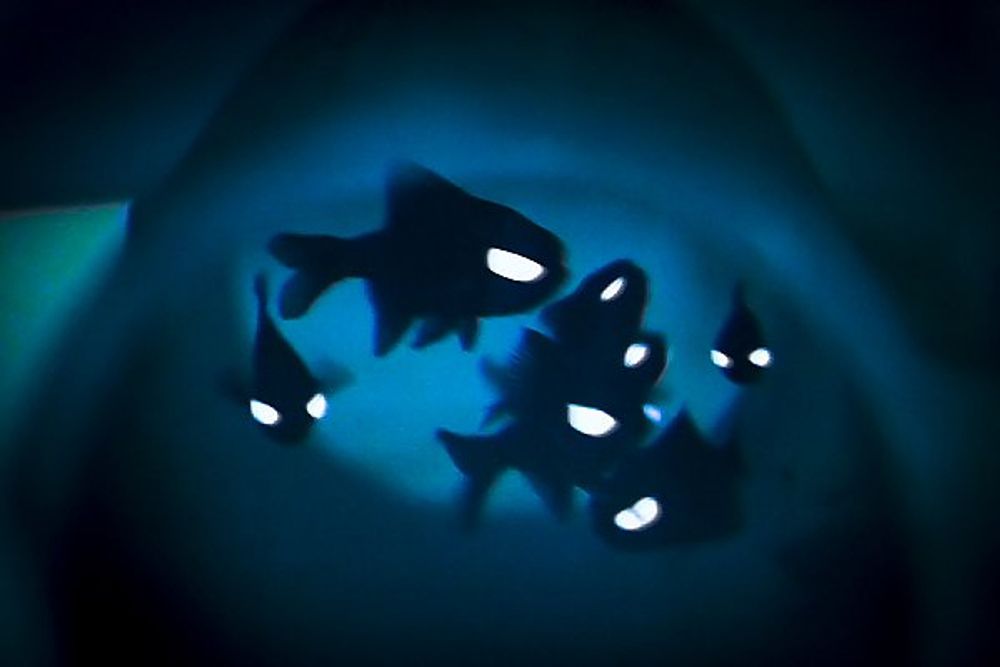
https://sites.google.com/site/visionlabiisc/

elifesciences.org/articles/93033
What we find hard (literature, art, math), AI will find easy
What we find easy (seeing, hearing, moving, laundry), AI will find hard.
"We are least aware of what we do best" - Marvin Minsky
en.wikipedia.org/wiki/Moravec...
What we find hard (literature, art, math), AI will find easy
What we find easy (seeing, hearing, moving, laundry), AI will find hard.
"We are least aware of what we do best" - Marvin Minsky
en.wikipedia.org/wiki/Moravec...




elifesciences.org/articles/93033

elifesciences.org/articles/93033
cns.iisc.ac.in/academics/ph...


cns.iisc.ac.in/academics/ph...
authors.elsevier.com/c/1knqf3BtfH...
authors.elsevier.com/c/1knqf3BtfH...
Study 1: ai.meta.com/research/pub...
Study 2: ai.meta.com/research/pub...
Blog 3: ai.meta.com/blog/brain-a...
Study 1: ai.meta.com/research/pub...
Study 2: ai.meta.com/research/pub...
Blog 3: ai.meta.com/blog/brain-a...


"Trying harder isn’t always the answer. Sometimes it’s working smarter, and other times it’s working on something else altogether."
www.nytimes.com/2024/12/26/o...

"Trying harder isn’t always the answer. Sometimes it’s working smarter, and other times it’s working on something else altogether."
www.nytimes.com/2024/12/26/o...
connect.iisc.ac.in/2024/12/the-...
connect.iisc.ac.in/2024/12/the-...



go.bsky.app/9FY1ReG
go.bsky.app/9FY1ReG

forms.gle/kfA1obX8CkPg...
Deadline: Feb 29 2024 Please circulate widely!

forms.gle/kfA1obX8CkPg...
Deadline: Feb 29 2024 Please circulate widely!
Anomalops katoptron, the Splitfin flashlightfish, has pouches under each eye filled with bioluminescent bacteria. It has a built in reflector & shutter to direct the light or conceal it at will.
For years, we didn't know why.



